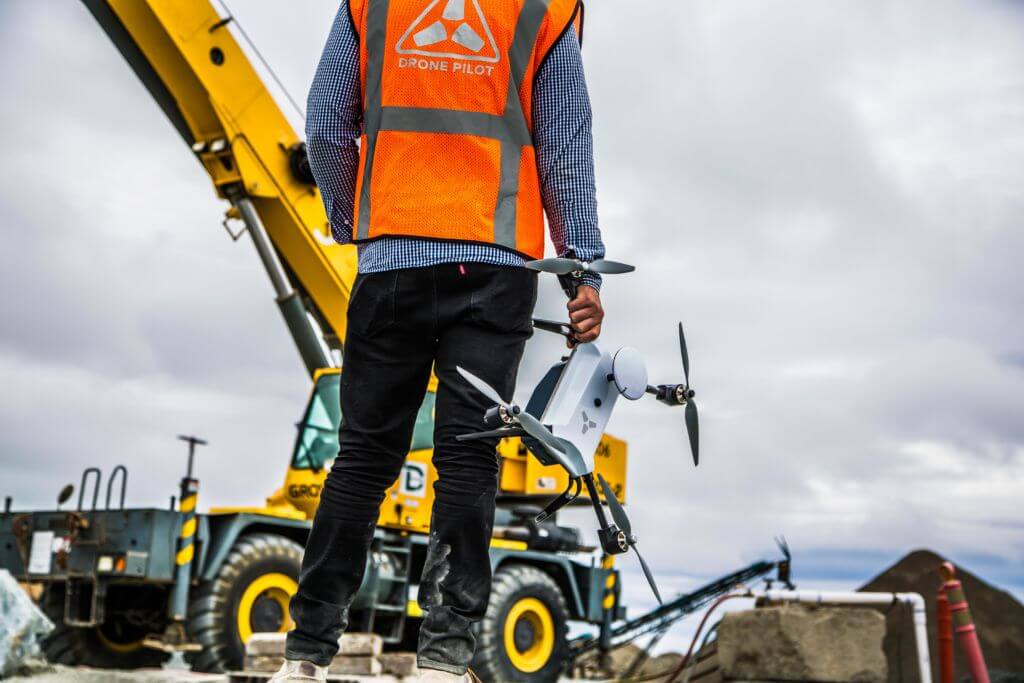3 Ways the FAA’s New UAV Regulations Will Transform How Drones do Business
This morning, FAA rulemakers released a new bill that marks a pivotal moment in the use of drones in the United States. “Part 107,” as it’s called, is a long-awaited addition to federal airspace regulations that makes it much easier and cheaper to operate drones for commercial purposes (like surveying, inspection, and filming).
For the past 3 years, Skycatch has built drone programs with both Fortune 500 companies and independent drone shops, and we’ve witnessed all of our customers struggle with the regulatory hurdles that keep the commercial drone market from exploding. Here’s why industry experts estimate the Part 107 update to create up to 100,000 jobs and inject $82 billion into the U.S. economy once it goes live in 60 days.
1. You no longer need an expensive pilot’s license
Currently, the FAA requires people to have a full pilot’s license to operate drones for commercial use. This certification can cost over $10,000 and requires months of training. It also does not teach any drone-specific knowledge, making this an expensive and confusing choice for those entering the industry.
Under the new rules, individuals and businesses will have a much lower barrier to entry into the commercial drone space. Drone pilots will need to pass a knowledge test and register with the FAA. This allows companies to easily implement drone programs to improve their spatial intelligence.
2. Drone operations will require less labor
Until now, the FAA required all drone operations to have a 2-person crew: a pilot as well as a visual observer to monitor the flight. These old regulations may have been more practical for older drones, without the smart failsafe systems that most modern drones have today. For example, drones now can fly home and land in case of any critical error, so the drone’s autopilot assists in managing the flight and allows the pilot to stay engaged with their surroundings.
This is especially beneficial to large enterprises like Bechtel, who uses Skycatch drones for construction tracking and asset monitoring, as they will be able to operate on twice as many sites with the same amount of resources. It also means less overhead for small and medium-sized businesses setting up drone operations.
3. The FAA is open to experimentation
Whether you’re waiting for drone delivery from your favorite pizza place, or want to survey a 10 mile long pipeline in one flight, Washington rulemakers included an important provision for you. Part 107 specifically mentions that any restrictions outlined in the new rules (e.g., flying at night) could be waived if you can prove the operation can be done safely.
 High-accuracy surveying with EVO3x
High-accuracy surveying with EVO3x
We're excited to see the FAA support innovation with drones, which will keep new developments here on home soil. This forward thinking attitude is bound to contribute to the safety and level of service we will all benefit from in the years to come.
Interested in using commercial drones on your job site?
Check out our new high-accuracy solution for survey-grade accuracy and our subscription plans and features.
Flying a DJI drone? Download the COMMANDER mobile app to automate flight for mapping.
By William Pryor, Sr. UAV Engineer



